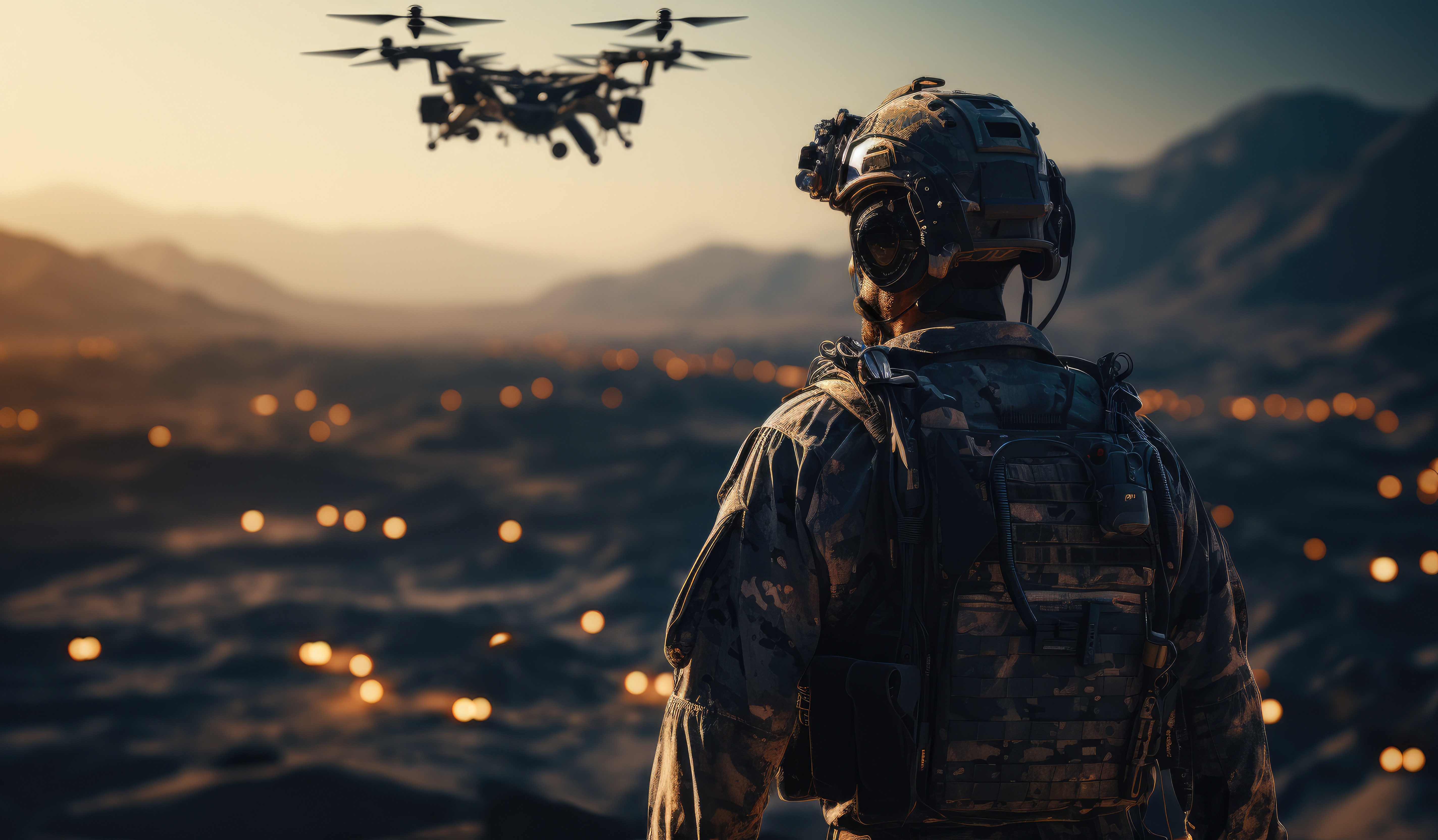The US Army may soon see a significant shift in its structure with the proposed creation of a new branch dedicated solely to unmanned aerial systems (UAS), commonly known as drones. This proposal, currently being debated by lawmakers, is part of the fiscal 2025 defense authorization bill.
What the Drone Corps Would Entail
If approved, the "Drone Corps" would be responsible for overseeing all aspects of small and medium drones (weighing less than 1,320 pounds) within the Army. Its core functions would include:
- Drone Operations: The branch would take the lead in operating and employing these drones for various purposes, likely including reconnaissance, surveillance, and potentially even tactical strikes.
- Counter-UAS Systems: Integrating and managing counter-drone systems would be another key responsibility. This involves developing methods to detect, track, and neutralize hostile drones.
- Drone Expertise: The Drone Corps would likely house specialists focused on drone technology, tactics, and training. This expertise would be crucial for maximizing the effectiveness of drone use and counter-drone measures.
The proposal for a dedicated drone branch is partly inspired by the ongoing conflict in Ukraine. President Zelensky's decision to establish a separate drone warfare branch within the Ukrainian military has highlighted the growing importance of drones on the modern battlefield.
Potential Benefits of a Drone Corps
Proponents of the new branch argue that it would offer several advantages:
- Enhanced Training and Innovation: A dedicated focus on drones could lead to more specialized training for operators and a more innovative approach to developing and utilizing drone technology.
- Streamlined Recruitment: The Drone Corps could streamline recruitment efforts for drone pilots and other specialists crucial for effective drone operations.
- Counter-Drone Focus: A dedicated branch could strengthen the Army's counter-drone capabilities, allowing for a more coordinated and effective approach to neutralizing enemy drone threats.
Concerns and Opposition
While the proposal holds promise, some, like Army Under Secretary Gabe Camarillo, express concerns. They argue that:
- Disruption of Integration: Creating a separate branch might disrupt ongoing efforts to integrate drone capabilities across existing Army units.
- Focus on Specialization: Over-specialization could hinder the broader adoption and effective use of drones within various formations.
The Road Ahead
The future of the proposed Drone Corps remains uncertain. While the potential benefits are undeniable, addressing the concerns about integration and specialization will be crucial. Lawmakers will need to weigh these factors carefully before making a final decision.
Looking Forward
The proposal for a dedicated Drone Corps signifies a potential turning point for the US Army's approach to unmanned aerial systems. As drone technology continues to evolve and play a more prominent role in warfare, the discussion surrounding the most efficient way to integrate and utilize this technology within the military structure will likely continue.


